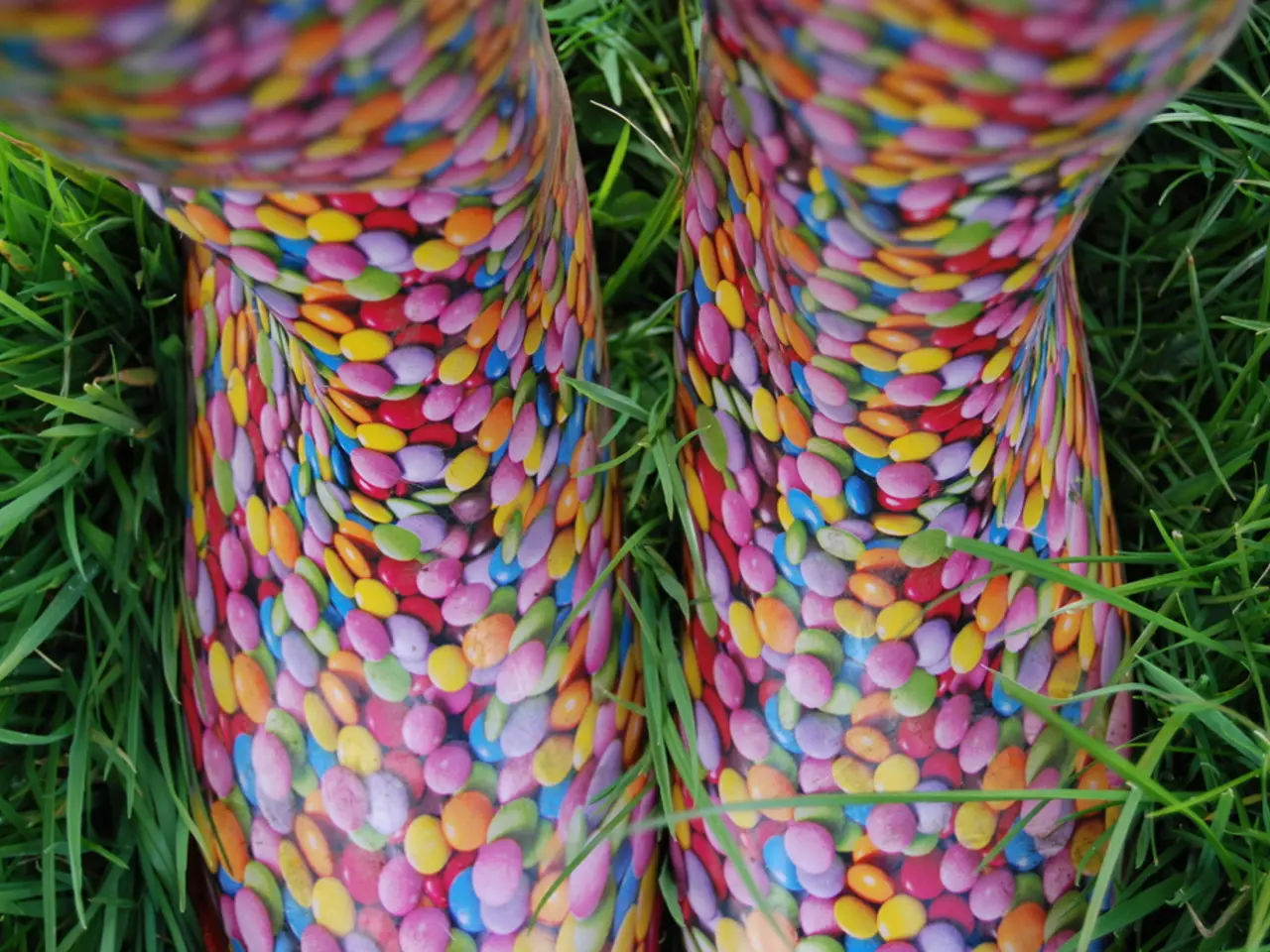Rarity Factors of Precious Stones: Exploring Diamonds, Painite, Grandiderite, and Others
In the world of gemstones, rarity is often the key factor that drives up value and captures the imagination of collectors and jewellery enthusiasts alike. While diamonds are commonly perceived as the epitome of rarity, there are several gemstones that surpass diamonds in scarcity and value.
Today, diamonds remain the most extracted gem materials globally, despite being available in only a few localities. However, there are gemstones that are rarer than diamonds, some even being exceptionally rare and found only in limited quantities.
One such gemstone is Red Beryl, also known as Bixbite, which is prized for its vibrant red hues. It is found in limited locations like Utah and is rarer than many diamonds. Another rare gemstone is Grandidierite, a blue-green gemstone scarcely known except among connoisseurs.
Painite, once listed as the rarest mineral on earth, is another gemstone that is extremely scarce and highly valued by collectors. Among these rare gemstones, Painite is the most rare, with very few faceted examples known worldwide.
Black Opal, especially those from New South Wales, is considered the rarest type of opal globally. The Paraiba Tourmaline, famous for its intense neon blue color, is rarer and often more expensive than many traditional gems. Alexandrite, known for its color change from greenish in daylight to reddish in incandescent light, is rare and highly valued, though more recently found in several countries.
Emerald, often rarer and pricier than diamonds of comparable quality due to their rich coloration and inclusions, completes our list of rare gemstones.
In the realm of diamonds, Green Diamonds make up less than 0.1% of fancy colored diamonds, with "Fancy Vivid Green" diamonds being even rarer due to natural irradiation exposure over millions of years. Fancy Red Diamonds are extremely rare, typified by stones like the Winston Red diamond, with origins linked to specific geographic areas such as Brazil and Venezuela.
Rarity in gemstones is assessed by several factors, including natural occurrence and supply, quality attributes, market demand and historical rarity, and scientific and gemological characteristics. In essence, rarity in gemstones is a combination of geological scarcity, quality factors, and market dynamics.
While diamonds are often considered the benchmark for rarity, many colored gemstones and rare diamond varieties exceed or rival diamonds in rarity and value. This article was originally published on 18-04-2019.
Summary Table: Examples of Rare Gemstones Compared to Diamonds
| Gemstone | Notable Rarity Aspect | Rarity Compared to Diamonds | |--------------------|----------------------------------------------------|--------------------------------| | Red Beryl (Bixbite) | Extremely rare, limited locations | Rarer than many diamonds | | Grandidierite | Scarce, known mainly to experts | Rarer | | Black Opal | Limited mining sources, unique in nature | Exceptionally rare | | Paraiba Tourmaline | Neon blue color, rare origin | Often more expensive and rare | | Alexandrite | Color-changing, limited sources | Very rare | | Emerald | High-quality specimens scarce, prized color | Rarer & costlier than diamonds | | Green Diamonds | <0.1% of fancy colored diamonds, caused by radiation | Among rarest diamond types | | Fancy Red Diamonds | Geological and structural rarity | Extremely rare |
This rarity is quantified by availability of quality stones, market demand, and unique physical or chemical properties distinguishing them from the broader population of gemstones and diamonds.
- In the realm of gemstones, Red Beryl (Bixbite), found in limited locations like Utah, is rarer than many diamonds.
- Grandidierite, a blue-green gemstone scarcely known except among connoisseurs, is also rarer than many diamonds.
- Painite, once listed as the rarest mineral on earth, is another gemstone that is extremely scarce and highly valued by collectors.
- Among these rare gemstones, Painite is the most rare, with very few faceted examples known worldwide.
- Black Opal, especially those from New South Wales, is considered the rarest type of opal globally.
- The Paraiba Tourmaline, famous for its intense neon blue color, is rarer and often more expensive than many traditional gems.
- Alexandrite, known for its color change from greenish in daylight to reddish in incandescent light, is rare and highly valued, though more recently found in several countries.
- In the world of diamonds, Fancy Red Diamonds like the Winston Red diamond, are extremely rare, with origins linked to specific geographic areas such as Brazil and Venezuela.




